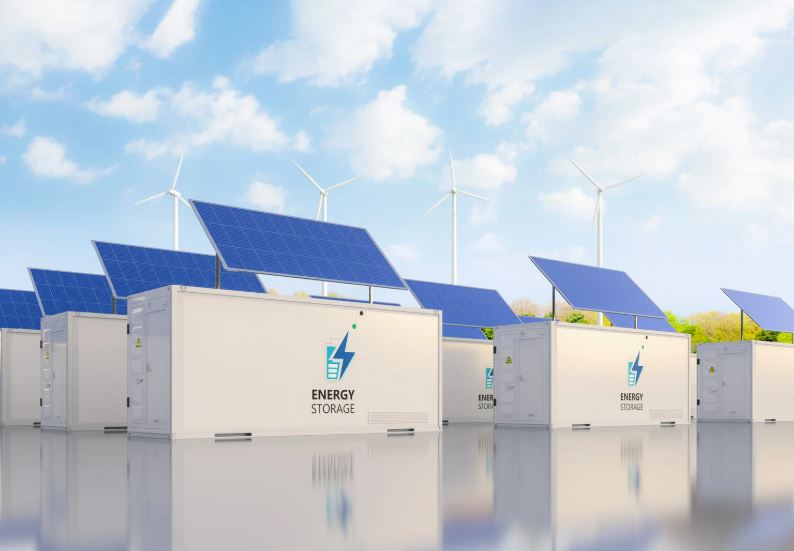In 2021, the global market for energy storage systems was valued at approximately $210 billion, highlighting the urgency and scale of demand as industries increasingly seek efficient and sustainable solutions.
Supercapacitors—often positioned between traditional capacitors and batteries in this landscape—symbolize a paradigm shift in energy storage technology. By storing energy electrostatically, they allow for rapid charge and discharge cycles, which contrasts with the slower, chemical-based processes of batteries. However, despite their rapid cycling advantage, they lag behind batteries in energy density, creating a tension in their deployment.
The market for supercapacitors is projected to grow significantly, driven by their potential applications across various sectors. For instance, the global supercapacitor market is set to increase at a compound annual growth rate (CAGR) of 24% between 2020 and 2025. This growth is attributed to their capability in handling fast energy bursts, which is crucial for applications ranging from electric vehicle (EV) power systems to renewable energy grid storage. In EVs, supercapacitors efficiently handle regenerative braking systems, a role traditional lithium-ion batteries cannot fill due to their slower charge rates.
What makes supercapacitors particularly compelling is their utility in stabilizing energy supply from renewable sources like wind and solar. These energy forms are inherently intermittent, requiring reliable storage solutions to ensure a stable and continuous power output. Supercapacitors could be integrated within microgrids to manage these fluctuations more effectively, helping maintain voltage stability and reduce energy loss.
In the context of industrial automation and robotics, the quick energy bursts that supercapacitors provide can lead to significant improvements in operational efficiency and downsizing equipment that otherwise would require larger power systems. This is increasingly relevant as industries transition towards smarter, more autonomous systems where energy efficiency becomes a key performance metric.
The widespread adoption of supercapacitors—not without skepticism—hinges upon ongoing research and innovation in material design, along with advancements in associated manufacturing technologies. The aim is to increase their energy density to complement their current strengths. Whether they can eventually challenge the dominance of batteries in all areas remains a critical point of debate.
As industries and policymakers continue to scrutinize the role of supercapacitors, understanding their limitations and potential in various applications will be vital. While they may not replace batteries entirely, their development is crucial in a broader energy strategy aiming for sustainability and efficiency. Their deployment reflects not only the inherent capabilities of the technology but also the shifting energy needs and consumption patterns in a rapidly evolving economic landscape.
Stay updated on the latest in energy! Follow us on LinkedIn, Facebook, and X for real-time news and insights. Don’t miss out on exclusive interviews and webinars—subscribe to our YouTube channel today! Join our community and be part of the conversation shaping the future of energy.
